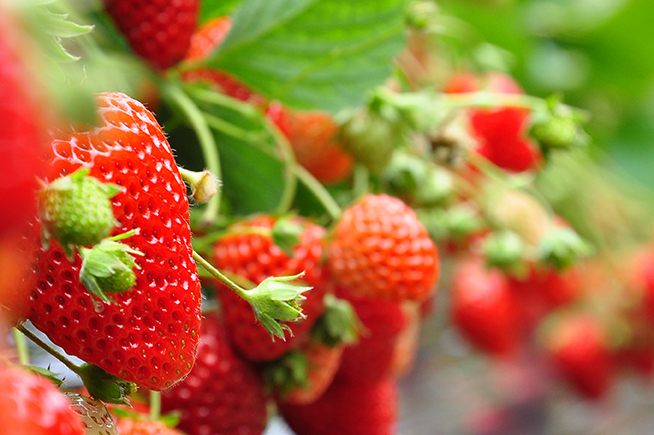So I Don’t Tweet
Is a person who tweets on Twitter a tweeter, a twitterer, or just a twit? While I’ve never heard anyone else fessing up, I just haven’t figured out how 140 character statements like “This blustery day I’ve been watching birds at the feeder shuddering in the blowing snow and have been distracted from finishing this writing” would be of any interest whatsoever to anyone who might receive the message, let alone justifying the time spent coming up with that tidbit.
So, I don’t tweet.
Maybe I need not worry too much. A recent study on Social Media and Young Adults released online by the Pew Internet and American Life Project (www.pewinternet.org/Reports/2010/Social-Media-and-Young-Adults) indicated only 8% of teens (12 to 17 years old) that use the Internet reported using Twitter.
Luckily, Twitter is not the only option to connect with shoppers electronically. And it goes beyond the Internet. I’ve noticed lately, as I travel with my new GPS navigator, more offers popping up on the screen, mostly as I drive past a hotel or fast food chain. A farm market could offer a coupon through Garmin or TomTom just as easily as Best Western and Wendy’s.
Text Your Message
The Pew Internet study also reports 75% of teens and 93% of young adults own cell phones, and 66% of those teens send and receive text messages. Some national retailers have taken notice that cell phone texting is actually becoming more common than talking on the phone. Julie Gallagher wrote in Texting 1, 2, 3 (Supermarket News, Jan. 18, 2010) “women with children, text more frequently than the average adult.”
Supermarket and convenience food chains are experimenting with coupons and other discount offers sent to consumers via text messages, allowing customers to redeem offers with either a numeric code or even a UPC barcode appearing on their phone screen.
Retailers are excited because, as Gallagher writes in her article, discounts distributed via text are said to be redeemed up to five times more frequently than paper coupons.
You cannot ignore the Internet, either. The Pew study indicated that 93% of teens and young adults use the Internet, and three-quarters of all adults go online. This is where Ohio farmer Bill Bakan, the self-proclaimed FunTSAR (fun czar) at Maize Valley Farm Market and Winery in Hartville, OH, concentrates his marketing efforts.
He joined the New Jersey Vegetable Growers’ 2010 Atlantic Coastal Ag Convention & Trade Show in January to discuss delving into Web 2.0, or social media, to market his farm by strengthening his position online. Bakin told the group that he uses Twitter (www.twitter.com/FunTSAR/), but also maintains constant communication about his farm market/winery/agritainment operation via a website (www.maizevalley.com), a blog (www.ohiowineandmore.com), and a Facebook page (www.facebook.com/pages/Maize-Valley-Farm-Market-Winery/40966862642).
A question was posed on how to get crop news out when the media and food writers seem to be a week or two behind with stories. Bakin responded that Twitter and blogging are the tools he uses to communicate with a devoted following not only when a new crop of sweet corn is picked in the morning, but when the corn starts to tassle. He also gets those customers salivating with a quick message that it would be time to pick corn in about three weeks.
Marketing is communicating, connecting with customers. Though I may be the only twit that doesn’t use Twitter, I hope you’re using some means to connect with your customers electronically.










